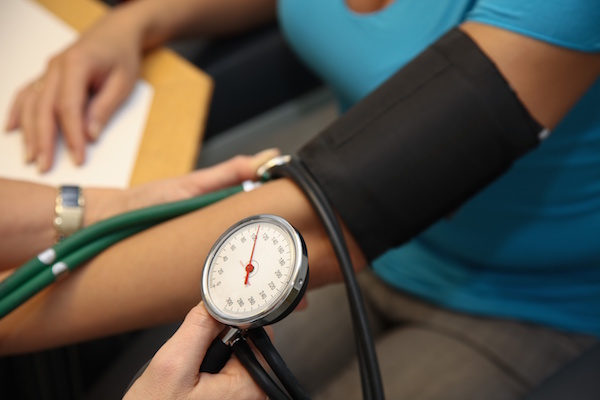
TUESDAY, Oct. 2 (HealthDay News) — A new study reveals that there are two preventable reasons child pedestrians are hit by cars: they are not properly supervised, and they are distracted by mobile devices, such as MP3 players and cell phones.
The researchers, from New York University Langone Medical Center in New York City, said their findings should prompt pediatricians to advise parents and children about pedestrian safety during routine check-ups.
“In pediatric medicine as a whole, prevention is important, whether talking about sunscreen or getting vaccines,” study author Dr. Nina Glass, a fourth-year general-surgery resident at NYU, said in a news release from the American College of Surgeons. “Emphasizing safety tips, such as not texting while walking in city traffic, needs to be worked into preventive health care measures.”
In conducting the study, a team of surgeons examined pedestrian injuries related to car accidents among various age groups.
The researchers compiled information on more than 1,400 pedestrians in New York City who were treated at Bellevue Hospital Center’s emergency room within 24 hours of being hit by a car. The accidents occurred between December 2008 and June 2011. The patients and emergency medical staff were interviewed, and the patients’ medical records were examined.
Although Glass and her colleagues couldn’t determine if all the drivers involved in the accidents were at fault, they found that nearly one in five patients aged 13 to 17 were sending text messages, listening to music or otherwise distracted by a mobile device when they were hit. Only 10 percent of the adults in the study were doing the same when their accident occurred.
“We saw that a high number of these patients had crossed in the middle of the block or crossed against the signal, particularly younger children under age 6,” Glass said. “All of them were supervised by guardians, but still, 44 percent darted into the street.”
Children and teenagers, however, sustained mostly minor injuries, such as scrapes, the researchers found. Young people also were more likely than adults to be discharged from the emergency room without being admitted to the hospital.
The study showed that, most often, broken bones occurred in the lower leg. Of these breaks, 34 percent affected the tibia and 29 percent were broken fibulas. Broken pelvises occurred in 17 percent of the pedestrians, and 15 percent of the patients suffered broken ribs.
The researchers noted that people aged 55 and older were at greater risk for multiple broken bones.
“If you are older, and especially if you are a woman, you are more likely to have osteoporosis, so you are already at a higher risk for any fracture,” Glass explained.
The study showed patients older than 55 had nearly four fractures per patient on average. Patients ranging in age from 15 to 55 had an average of less than three broken bones.
The study was presented Monday at the 2012 American College of Surgeons annual meeting in Chicago. Any data and conclusions presented at meetings should be viewed as preliminary until published in a peer-reviewed medical journal.
More information
The U.S. Centers for Disease Control and Prevention provides facts on pedestrian safety.

